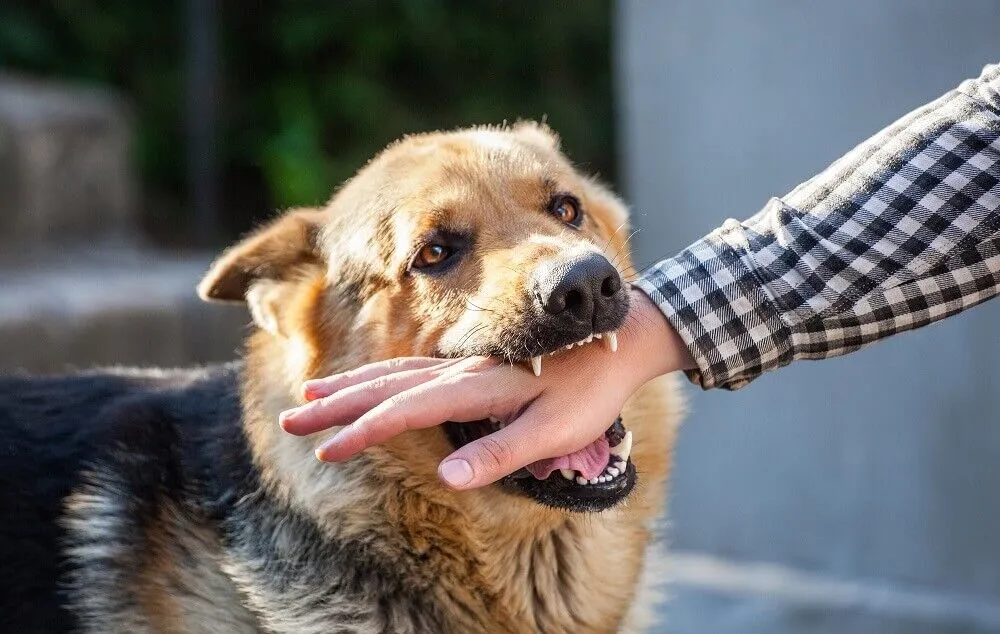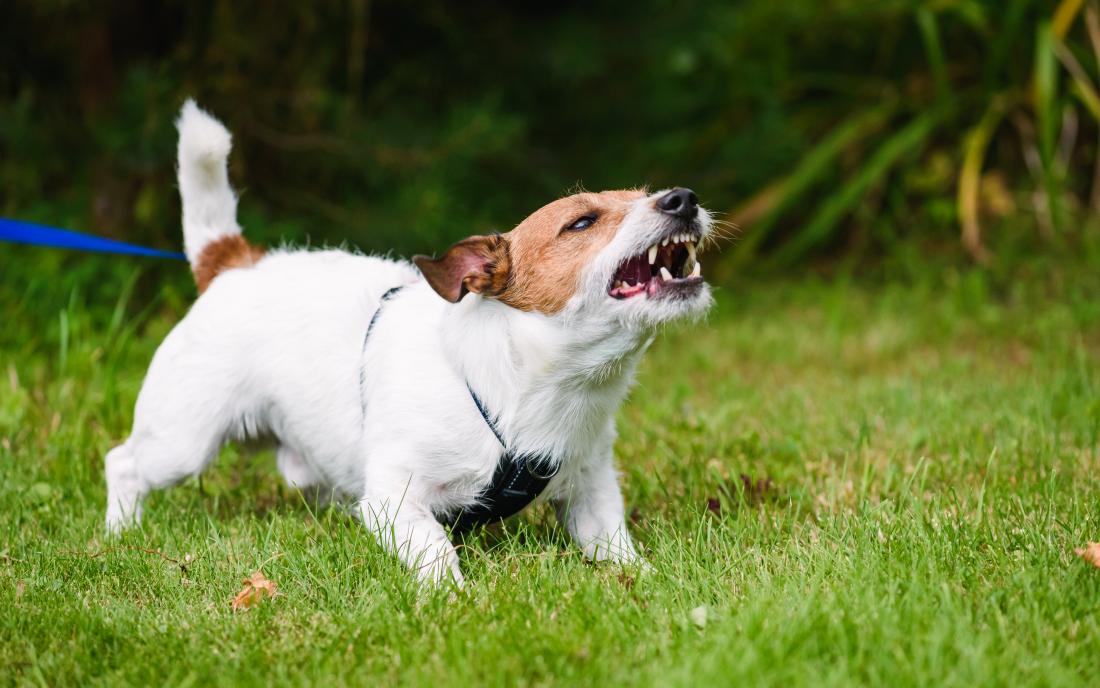Essential Tips for Staying Safe Around Our Furry Friends
Dogs are more than just pets in the U.S.; they are cherished family members. With over 90 million dogs across the country, it’s no wonder they hold such a special place in our hearts and homes. They offer companionship, loyalty, security, and even therapeutic benefits. However, it’s important to remember that, despite their loving nature, dogs are still animals and may bite in certain situations.
Whether it’s out of fear, territorial behavior, pain, over excitement, or confusion, biting is a natural canine response to discomfort or a perceived threat. While most dog bites aren’t life-threatening, they can still be traumatic—especially for children, who are the most frequent victims of severe dog bites.
The good news is that most dog bites are preventable. With responsible pet ownership, proper training, community awareness, and respect for dogs’ boundaries, we can significantly reduce the number of bite incidents.
Here’s how we can all play a role in keeping ourselves, our children, and our beloved dogs safe:

🐶 Dog Bite Prevention Tips: How to Stay Safe Around Dogs
✅ General Solutions for Dog Bite Prevention
1. Avoid interacting with dogs without their owner.
Always be cautious when you see a dog that is loose or tied up outside a store or on a walk. A dog alone may feel more vulnerable or stressed, increasing the chances of a defensive reaction. Without their owner present, it’s impossible to know if the dog is friendly, anxious, or even unwell.
2. Always ask the dog’s owner for permission before petting.
Not all dogs are social, and some may not be accustomed to interacting with strangers. Asking permission allows the owner to gauge the dog’s comfort level and avoid unexpected situations. Even a friendly dog might feel uneasy if a stranger tries to pet it without warning.
3. Don’t disturb a dog that is eating, sleeping, or unwell.
These are vulnerable moments for any dog. A dog that is eating or resting may feel threatened if disturbed, leading to a defensive reaction. Similarly, if a dog is unwell, it might be more irritable or less patient.
4. Be mindful during play.
Games like tug-of-war, roughhousing, or chasing can sometimes lead to accidental nips or bites, particularly with puppies who may not yet understand their strength. Encouraging calm and controlled play helps ensure everyone stays safe.
5. Learn to read dog body language.
Dogs communicate through their body language. Key signs to watch for include a tucked tail, raised hackles, yawning (a stress signal), or growling. These behaviors are often signs that a dog feels uncomfortable or threatened. Understanding these cues allows you to give them space before a situation escalates.

🐕 How to Stay Safe When a Dog Approaches
Unfamiliar dogs can be unpredictable, and while most are friendly, it’s important to know how to stay safe if one approaches. Follow these tips to avoid a potential incident:
1. Don’t turn and run.
Running away from a dog could trigger its prey drive. Even if the dog doesn’t intend harm, its instinct to chase might kick in, leading to a bite.
2. Stand still like a tree.
Remain calm and stand still with your hands at your sides. Most dogs will sniff you and move on, especially if they don’t perceive you as a threat.
3. Avoid extending your hand.
While it may be tempting to reach out, many dogs interpret a reaching hand as a sign of aggression or an attempt to invade their personal space. Let the dog come to you at its own pace.
4. Speak in a calm, even tone.
Dogs are highly attuned to our emotions. Avoid yelling or speaking in an agitated voice, as this can increase the dog’s anxiety. A calm tone can help the dog feel more at ease.
5. Avoid direct eye contact.
Direct eye contact can be interpreted as a challenge or threat. Instead, look at the dog indirectly and avoid staring.
6. Slowly back away.
If the dog continues to follow you or show interest, back away slowly without turning your back. Running could provoke a chase, but calmly walking backward will help you create a safe distance.
👶 Safety Tips for Parents: Keeping Children Safe Around Dogs
Children are often drawn to dogs, but they don’t always understand a dog’s boundaries. Teaching your child how to behave around dogs is crucial for preventing bites.
1. Never leave a child or baby alone with a dog – even the family pet.
It’s essential to supervise any interaction between dogs and young children. Even a dog that is familiar with your family may react unexpectedly if it feels threatened or startled.
2. Don’t let your child discipline a dog.
Children should never be the ones to scold or punish dogs. Dogs may not understand a child’s intent and could react fearfully or defensively. This is the responsibility of an adult or trained pet owner.
3. Supervise all feeding and walking.
Dogs can be protective of food or treats, which could lead to accidental bites. Always supervise your child when they’re feeding or walking the dog, especially if the dog is unfamiliar or excitable.
4. Teach your child to pet gently.
Small children may not realize how their actions can hurt a dog, like pulling on its ears or tail. Teach your child to use gentle touch and explain which actions are off-limits.
5. Avoid aggressive play.
Children should avoid roughhousing with dogs, particularly if the dog is not used to such play. What may seem like harmless fun to a child could stress the dog, leading to biting.
6. Don’t pet a dog inside a car or behind a fence.
Dogs are often more protective when confined to spaces like cars or yards. Approaching a dog in these situations can lead to aggressive behavior, as the dog may feel cornered or territorial.
🐾 Positive Training: Building a Safe Relationship Between You and Your Dog
The key to preventing dog bites lies in effective communication and training. Dogs are highly sensitive to cues, and their behavior can be shaped through consistent positive reinforcement. Building a healthy relationship through training helps dogs understand appropriate boundaries and reduces the likelihood of reactive behavior.
Training should focus on building trust and teaching a dog how to interact safely with humans and other animals. Positive reinforcement methods, such as praise and treats for desired behavior, are highly effective. Enrolling in a training program like Bark Busters’ “Speak Dog” method can also help family members learn how to communicate with dogs in a way that resonates with their natural instincts.
📢 Final Thoughts
While dog bites can never be fully eradicated, they can be dramatically reduced through awareness, education, and responsible behavior. Whether you’re a dog owner, a parent, or just someone who enjoys spending time around dogs, your actions play a critical role in preventing bite incidents. By respecting dogs’ boundaries, understanding their body language, and encouraging positive training practices, we can help create safer environments for both humans and dogs.
With patience, love, and consistent communication, we can build a world where the bond between humans and dogs remains strong – and safe.
Frequently Asked Questions (FAQ)
1. What should I do if a dog bites me?
If a dog bites you, clean the wound immediately with soap and water, apply pressure to stop bleeding, and seek medical attention. Report the bite to your local animal control agency to ensure the dog is properly quarantined and checked for rabies.
2. How can I tell if a dog is about to bite?
Signs that a dog may be about to bite include growling, raised hackles, showing teeth, stiff posture, and a tense body. If you notice these signs, give the dog space and avoid approaching it.
3. Are certain breeds more likely to bite?
Any dog can bite, but certain breeds with strong protective instincts, like the Rottweiler or German Shepherd, may be more likely to bite if they feel threatened. However, temperament and behavior are influenced more by training, socialization, and individual circumstances than breed alone.
4. How can I teach my child to stay safe around dogs?
Teach your child the importance of respecting a dog’s space, not disturbing a dog while it’s eating or sleeping, and how to approach a dog gently. Supervise interactions and ensure your child understands the proper way to pet and handle a dog.
5. Can training prevent a dog from biting?
Yes, proper training can help reduce the likelihood of biting. Positive reinforcement training teaches dogs appropriate behaviors and helps them feel secure, reducing their need to react defensively.














Leave a comment